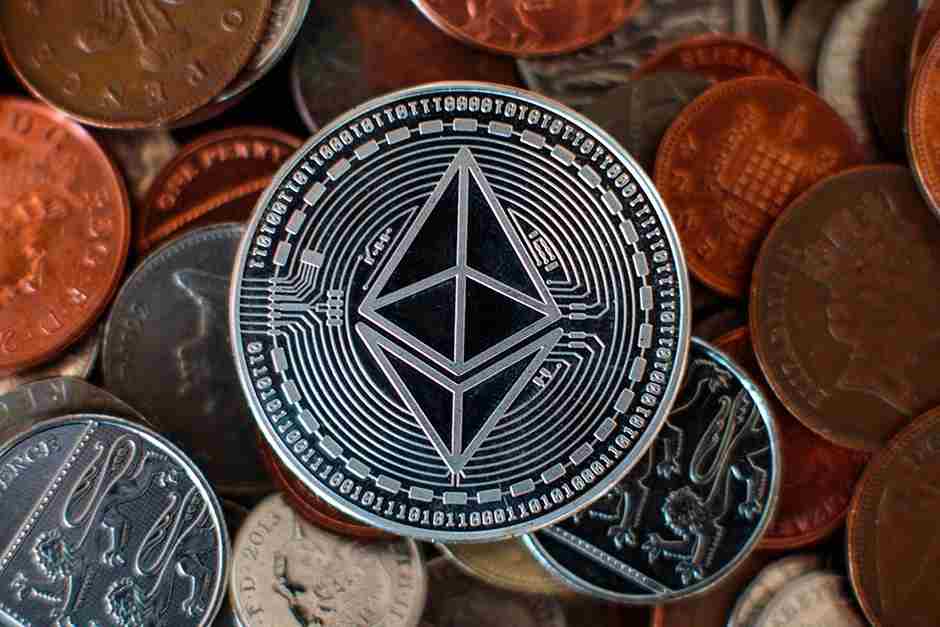Ethereum Price Predictions: Is it a Good Investment?
The financial markets have not been very kind to investors in 2022. Here we are, with over half of the year gone, and there seems to be no end in sight to the downturn.
It surprises many experts and market analysts, many of whom predicted spectacular booms for Bitcoin and major altcoins. For the investors, it’s been going from bad to worse as the massive selloff in crypto assets continues.
Earlier on, Ethereum’s market cap peaked at about $550 billion. Now, its market capitalization is around half that amount, highlighting how bad the crypto market has been so far.
While Bitcoin’s crash has dominated the headlines (given that it’s the crypto token that all other tokens compare against), the market’s significant altcoins have also taken awful hits. Take Ethereum, for example, whose value has plummeted by about 80% against its all-time market high. Today, the asset is worth less than $1000, and its value is sinking even further, with no rebound seemingly in sight.
In this article, we’ll analyze Ethereum price and make critical predictions of its market performance based on several factors. So, is Ethereum a good investment or not? Read on to find out.
What is Ethereum?
Before we delve into financial postulations, we’ll examine Ethereum closely and see what it’s really about. This knowledge is essential to help you understand why the experts have arrived at the financial predictions they have for the token.
If Bitcoin is regarded as digital gold, then Ethereum is digital energy. Ethereum is the market’s primary altcoin, second in market cap only to Bitcoin, the pioneering token.
As a blockchain ecosystem, it does more than just serve as a means of scalable digital payments- it’s a P2P network based on the verification and execution of unique code called smart contracts.
Smart contracts form the underlying technology of Ethereum’s decentralized platform. With it, it’s possible to code agreements and terms of trades and other blockchain exchanges onto the platform and have it self-execute upon fulfilling specific pre-agreed, built-in terms.
This changes the entire context of financial transactions, as it completely eliminates the need for a legal third party to serve as a middleman and surety for contract executions.
Without such a mutually trustworthy central authority, smart contracts step in and ensure that there’s no need for the former. The transactions are verifiable, securely distributed, and immutable on the blockchain. Thus, the participants have comprehensive transparency and ownership of the data.
To initiate transactions on the network, you must own an Ethereum account and use the network’s native token, Ether, to pay for transaction costs.
While Ethereum’s smart contracts are its headlining technology, what attracts developers to the platforms is the ability to build dApps with the EVM (Ethereum Virtual Machine) attracts developers to the platforms.
With this digital infrastructure, developers can deploy the complex code of smart contracts and enjoy world-class tools to innovate better. As a result, the dApps are designed to be user-oriented with efficient interfaces.
And, there is an incentive. The network has a massive user base, providing more reason for developers to create better apps for DeFi and NFTs. With Ethereum’s proposed “Merge”, users and developers can expect to scale and do even more on the network.
What is Ethereum used for?
Ethereum’s utility is what sets it apart from other tokens, as it’s more than a digital value store. Ethereum hosts DeFi apps, allowing developers to deploy new payment, lending, trading, and investing models with smart contracts.
Traditional financial services like lending, borrowing, and other means of passive earning are possible with DeFi. Combined, they are groundbreaking innovations in modern-day finance.
Ethereum’s utility also extends to NFTs, making it possible for digital creators to mint non-fungible, unique versions of their artwork and distribute them more efficiently. As a result, artists can earn from their work instead of settling for half-baked royalties and suffering from copyright infringement and digital theft.
Because of the blockchain’s core technologies, artists can retain ownership of their work. For the first time, there’s a direct correlation and interoperability between their work and the world of gaming. Also, minting NFTs provides an alternative profit and utility avenue for digital creators.
Today, many in-game collectibles are NFTs that have added value and utility. Coupled with the rapidly developing innovation of the Metaverse, it’s only a matter of time till we see NFTs as even more significant than they are present.
Ethereum stands well-placed to benefit from this trend in the immediate future, as it’s presently the primary network for NFTs presently.
So, as NFTs inevitably become more popular, we can expect a proportional rise in Ethereum’s user base, which will impact its market value in the future.
Ether, Mining, and Gas Fees
As earlier stated, Ether is the native token of the Ethereum blockchain. Its utility can be seen in two dimensions. First, it’s a way of keeping the network free of congestion with useless transactions. Then, it’s a mining incentive for users.
All transactions come at a cost, which is represented in gas fees. Gas fees must be paid with Ether and are a requirement for users who transact and developers who build on the network.
Ethereum’s Price Predictions: Good Investment or Not
Now that we have a clear picture of Ethereum and how it works, we can get into the meat of the matter.
Here are some of the factors that’ll impact Ethereum’s price trajectory in the coming months and years:
The Merge
For a while, Ethereum’s developers have been working towards a switch from Proof-of-Work to a Proof-of-Stake consensus mechanism. The former works by rewarding miners for validating transactions and contributing to the computing power required to scale the network.
Ethereum 2.0 will no longer require this algorithm, instead switching to PoS. The latter is more environment-friendly and less power-intensive. A recent testnet deployment was successful, meaning that Ethereum’s Merge is closer than ever. In fact, we may get the switch before the end of 2022, although that remains to be seen.
The Merge is expected to positively affect Ethereum’s price, as more users will be drawn to a more efficient, user-friendly platform that rewards individuals based on how much they have “staked” into the network. With the market cap expected to increase, it’s only natural that a bullish run is expected too.
The increased popularity of blockchain technology
Although the blockchain industry is still faced with regulation issues affecting its acceptance as a global standard, its rise has been phenomenal, especially in the face of vocal opposition.
As more people turn to blockchain financial solutions, we can only expect that the market’s number one altcoin, Ethereum, will witness even more growth and potential price increment.
The value of dApps
Smart contracts and their accompanying dApps have the potential to alter global finance forever. Now, there’s no need for central authorities and institutions to act as middlemen.
This also affects the ownership of digital assets, as more people will be able to do financial dealings without central banks.
With this, the demand for Ethereum will rise. And so will its value. So, now that we know that Ethereum’s value is near-certain to rise, what price ranges can we expect?
Here are some expert opinions and speculations to consider:
$4,000-$5,000
Most market analysts predict a price movement culminating in a value of almost five thousand dollars. Prominent Bloomberg analyst Mike McGlone is holding out for this range by the end of the year.
There’s no certainty for the coming year, but such a solid close to the financial year could be a portend of good things in 2023.
$6,500-$8,000
Coinpedia’s prediction is slightly more optimistic, meaning there could be some real hope for Ethereum’s rebound in the coming months.
This prediction is based on parallels drawn with 2021 late-year trends. But, given how markedly different 2022 has been for Ethereum, there’s no guarantee that this year will be similar.
However, this could be realistic speculation given the network updates in the works and the expected next-level scalability.
$12,000 and above
This is somewhat very optimistic, and it’s safe to say that this is the least likely of the predictions. However, going by market volatility, nothing is impossible. And, a token struggling to top $1000 currently could experience an exponential increase.
Conclusion
If you check out the token on a crypto portfolio website like CoinStats, you’ll see that Ethereum is the second-largest cryptocurrency by market cap. This is no mean feat, and the innovation has undoubtedly not come this far only to bust at this stage.
Given the market realities of the day, it would be wise to exercise caution in investing in any kind of crypto token. Seeing how Ethereum’s financial fortunes have been, it would seem unwise, ruinous even, to go ahead and put money into it.
Right?
Wrong. The cryptocurrency market is notoriously volatile. If history has shown anything, we expect a dramatic rebound in the coming months and a return to bullish runs for the significant crypto assets.
Follow Top and Trending on Google News and receive the latest alerts and the main news about apps, technology, beauty, entertainment, and all the top 10 related posts.



